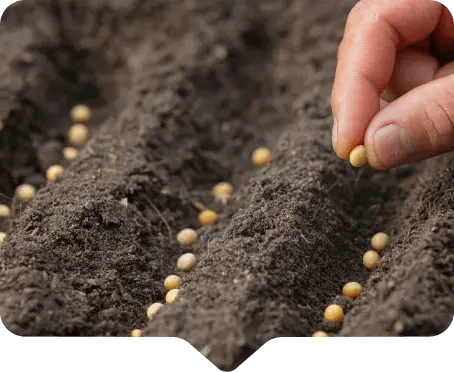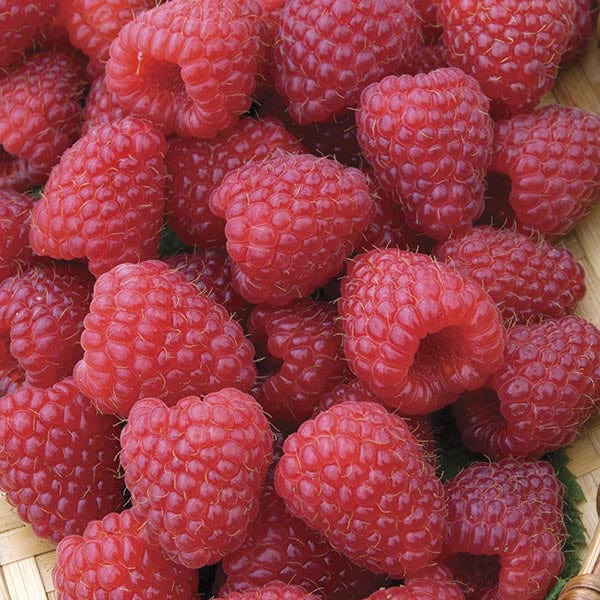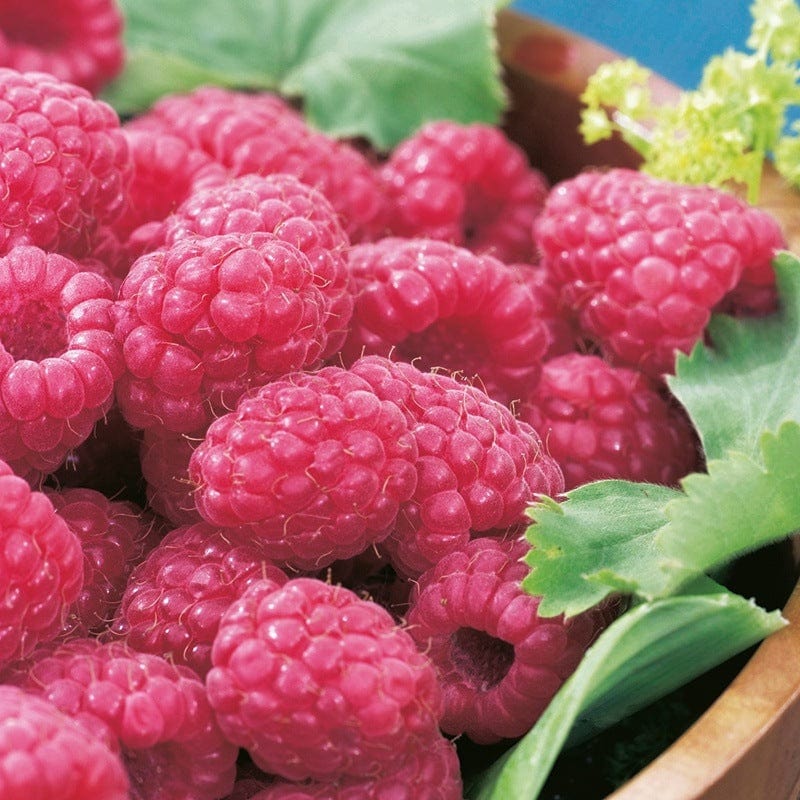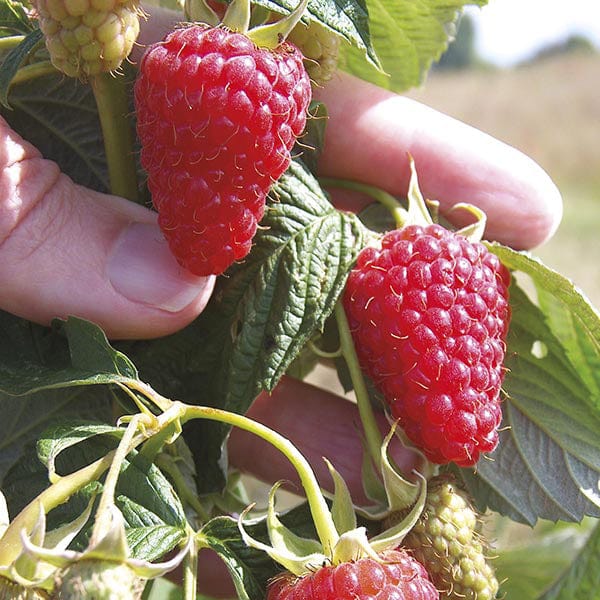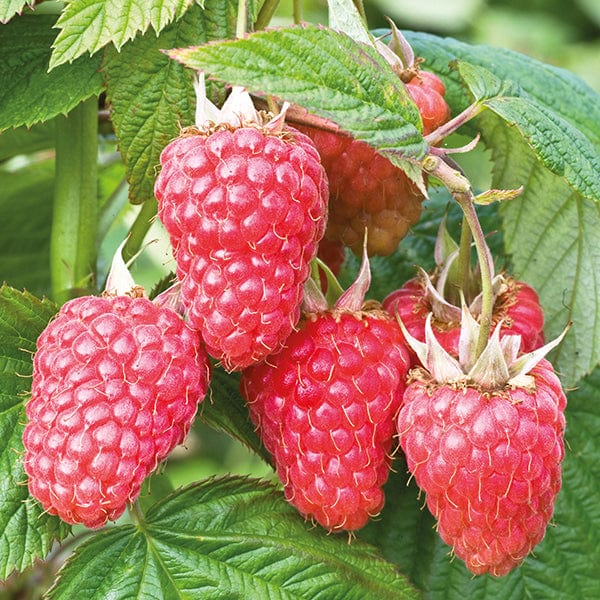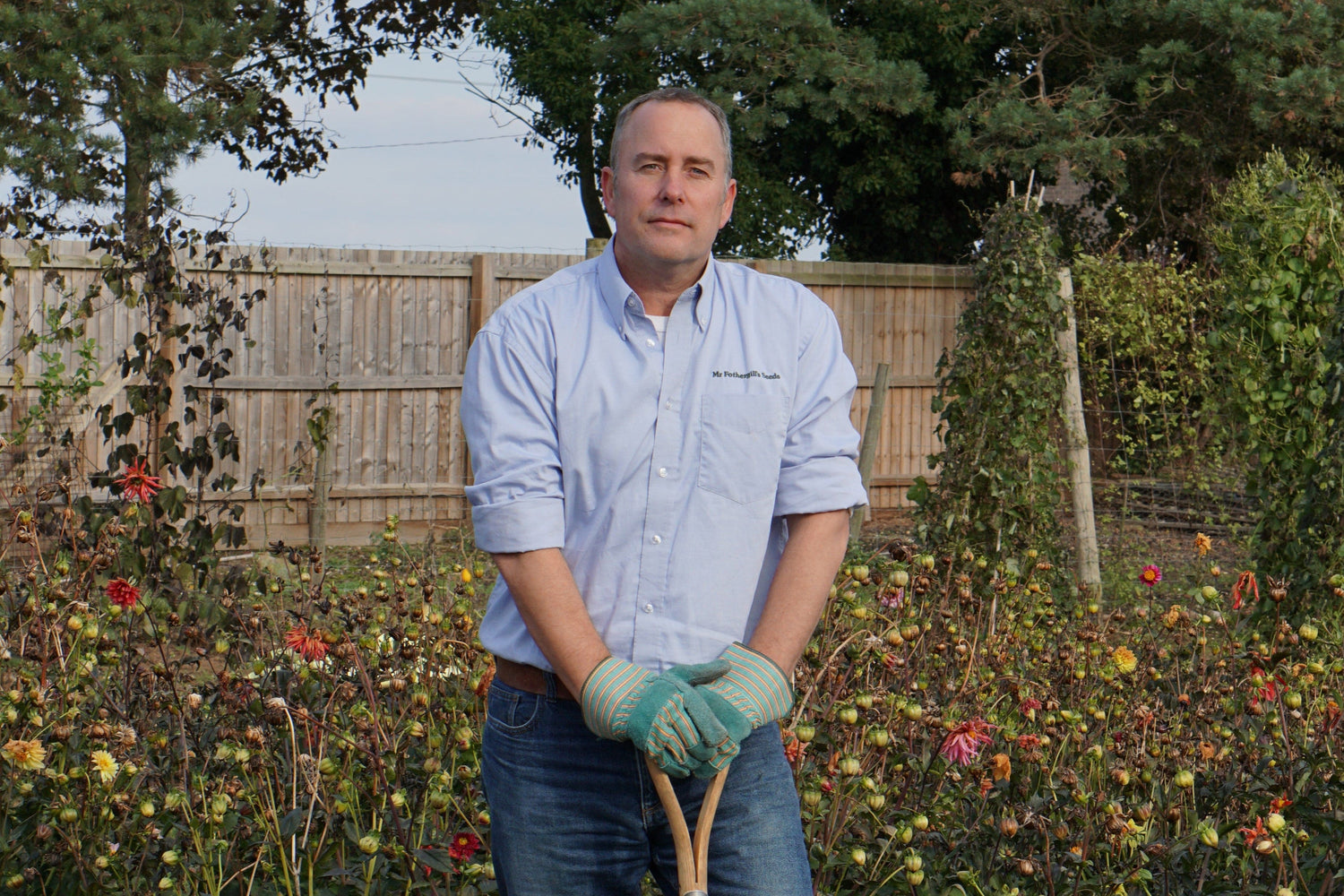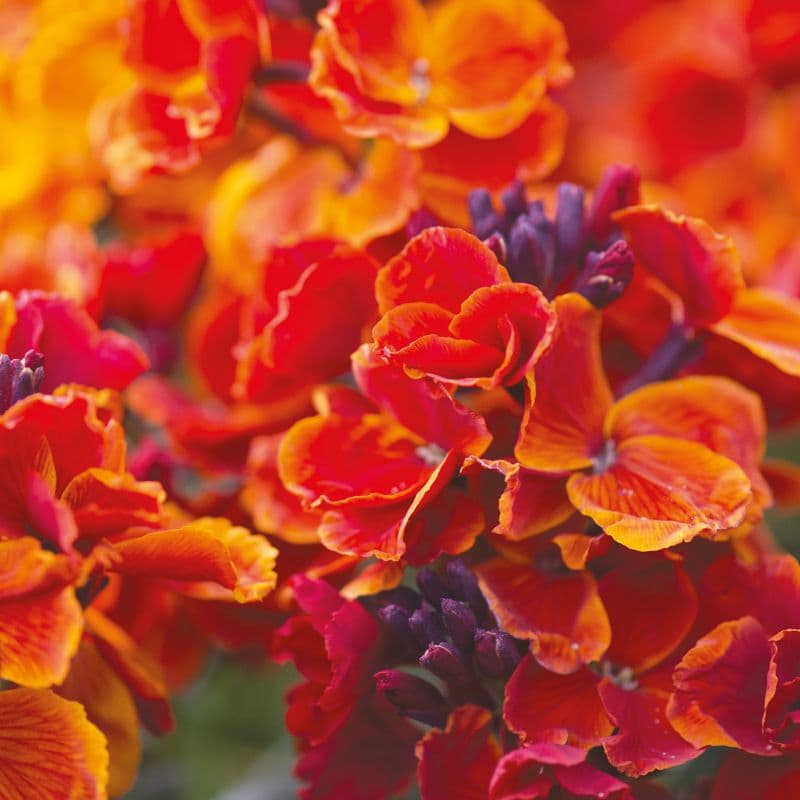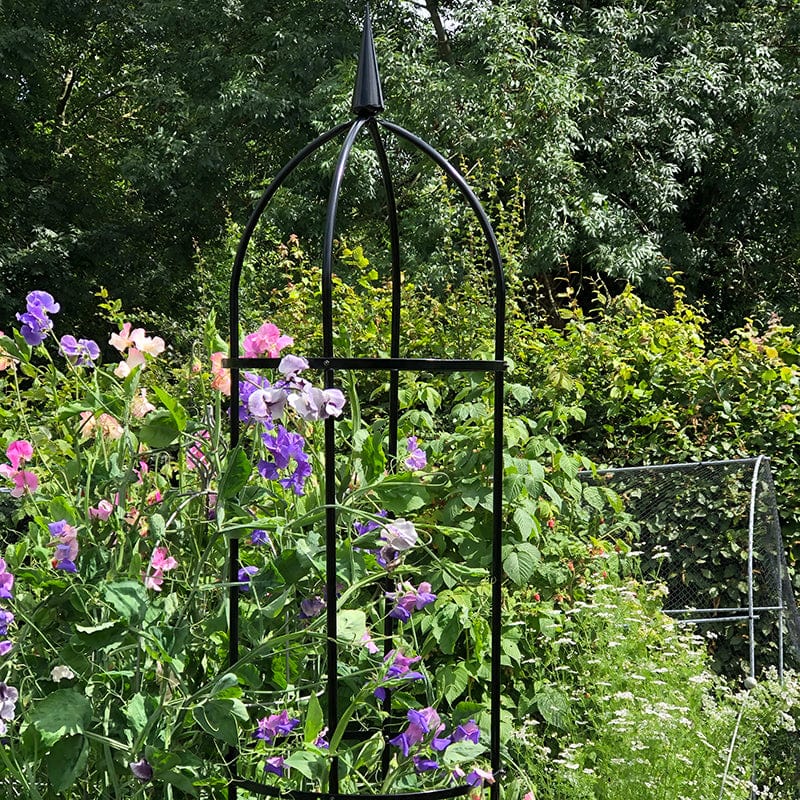Now for the growing part! Plant your raspberries in rows 1.8m (6ft) apart, each running north to south to catch maximum sunlight and supported on a system of posts and wires about 1.8m (6ft) in height. Strain wires horizontally between the posts at 60cm (2ft) intervals, starting with the first wire at about 45cm (18in) from the ground and rising to the last wire at about 1.7m (5½ft) high.
Plant your bare-root raspberry canes with the roots well spread out in each planting hole, setting the plants out 40cm (16in) apart. The uppermost roots should be no more than 5cm (2in) below the soil since deeper planting will discourage plants from producing new canes this season. Set potted canes so that the tops of the root balls will be about 2.5cm (1in) below the soil surface.
After planting, tread the soil around the roots to firm the canes in. Finish by cutting the stem growth back to approximately 25cm (10in) above soil level. Plants establish much better if they are not allowed to fruit in their first season.
When to Plant Raspberry Canes
Wondering when to plant raspberry canes? Autumn tends to be the best time to get your raspberry canes in the ground. When dormant, however, you can plant them at any time between those chillier months of November and March - so long as the ground isn’t frozen, of course!
But when are your canes best suited to be planted? After unpacking, inspect the roots and, if dry, stand the plants in a bucket of water for up to an hour (not longer) to moisten the root system thoroughly. Plant your bare-root raspberry canes as soon as possible but, if the ground is not ready or too wet, temporarily ‘heel’ the plants into a shallow trench on a spare patch of ground, covering the roots with moist soil.
Alternatively, if there’s no ground available in a decent condition, wrap the roots in damp hessian or newspaper to protect them from drying out and place the plants in a cool shed or outbuilding until the ground is ready.
When to Plant Potted Raspberry Canes
But what about when to plant raspberry canes in pots? Water your potted raspberry canes if they look dry and plant them as soon as possible. If the ground is not ready or the soil conditions are unsuitable, then stand them temporarily in a sheltered place outdoors. Check them regularly to ensure they don’t dry out.
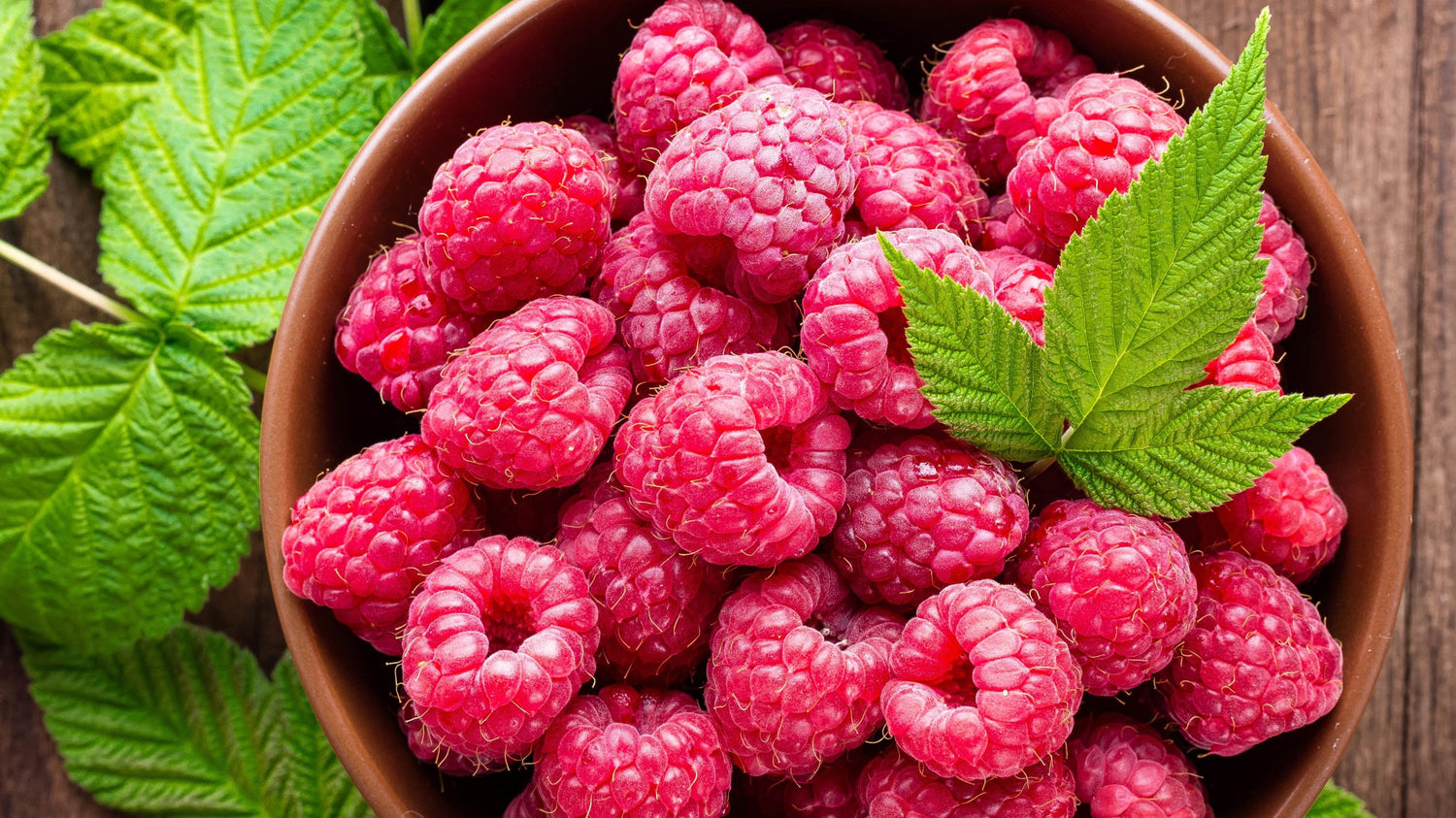
 How to Grow Raspberries
How to Grow Raspberries
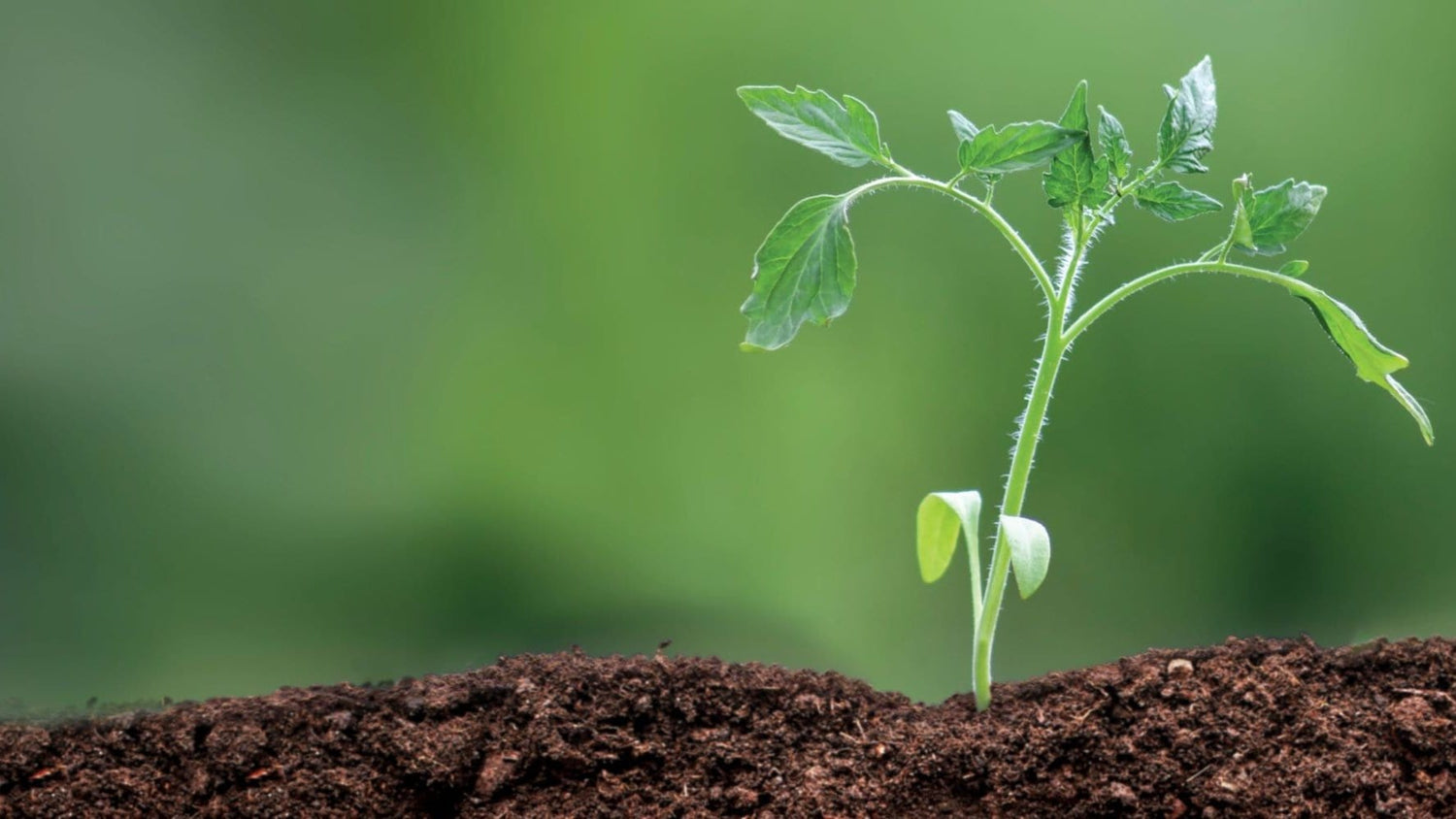
 Soil Preparation
Soil Preparation
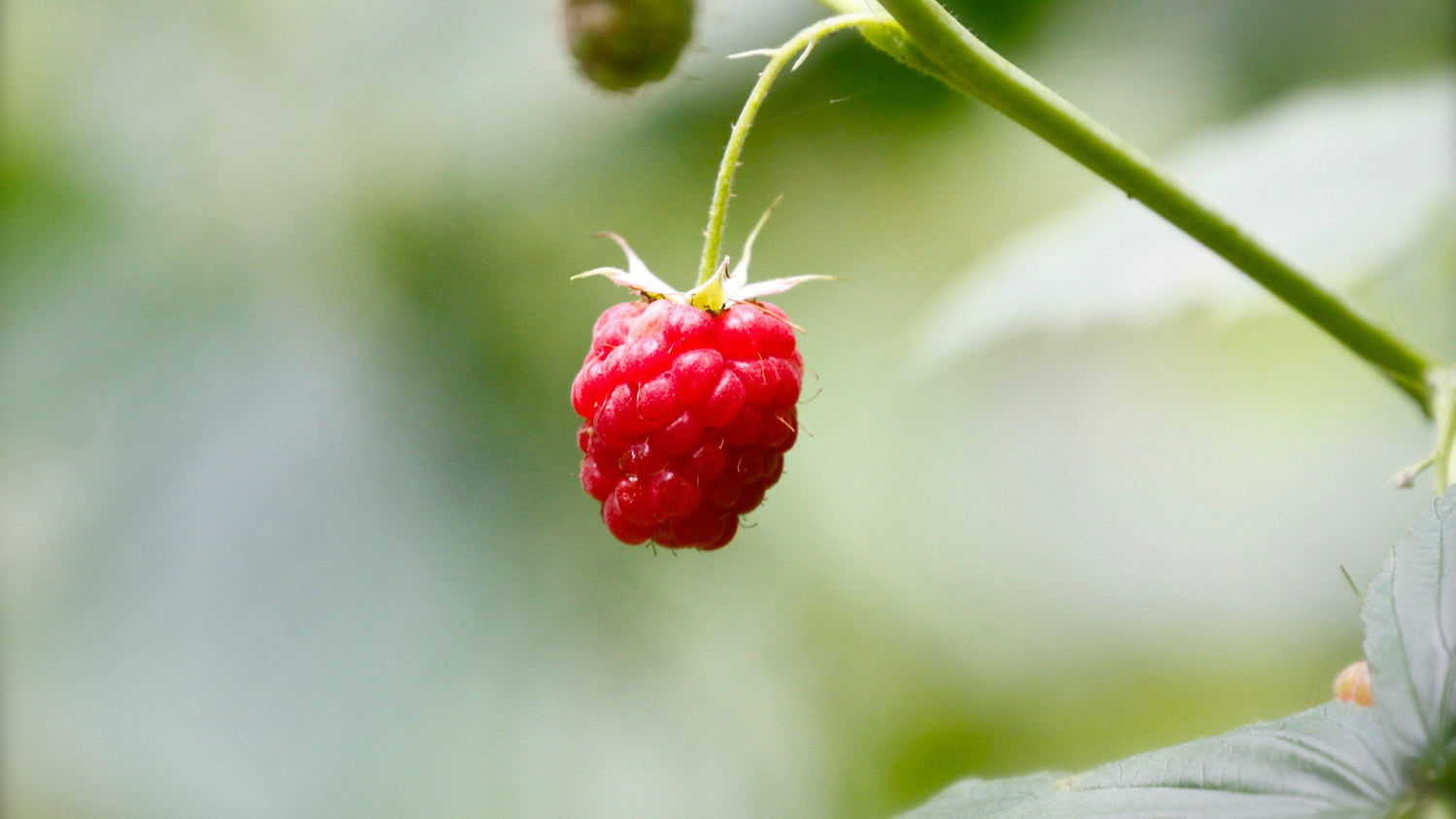
 Planting Raspberries
Planting Raspberries
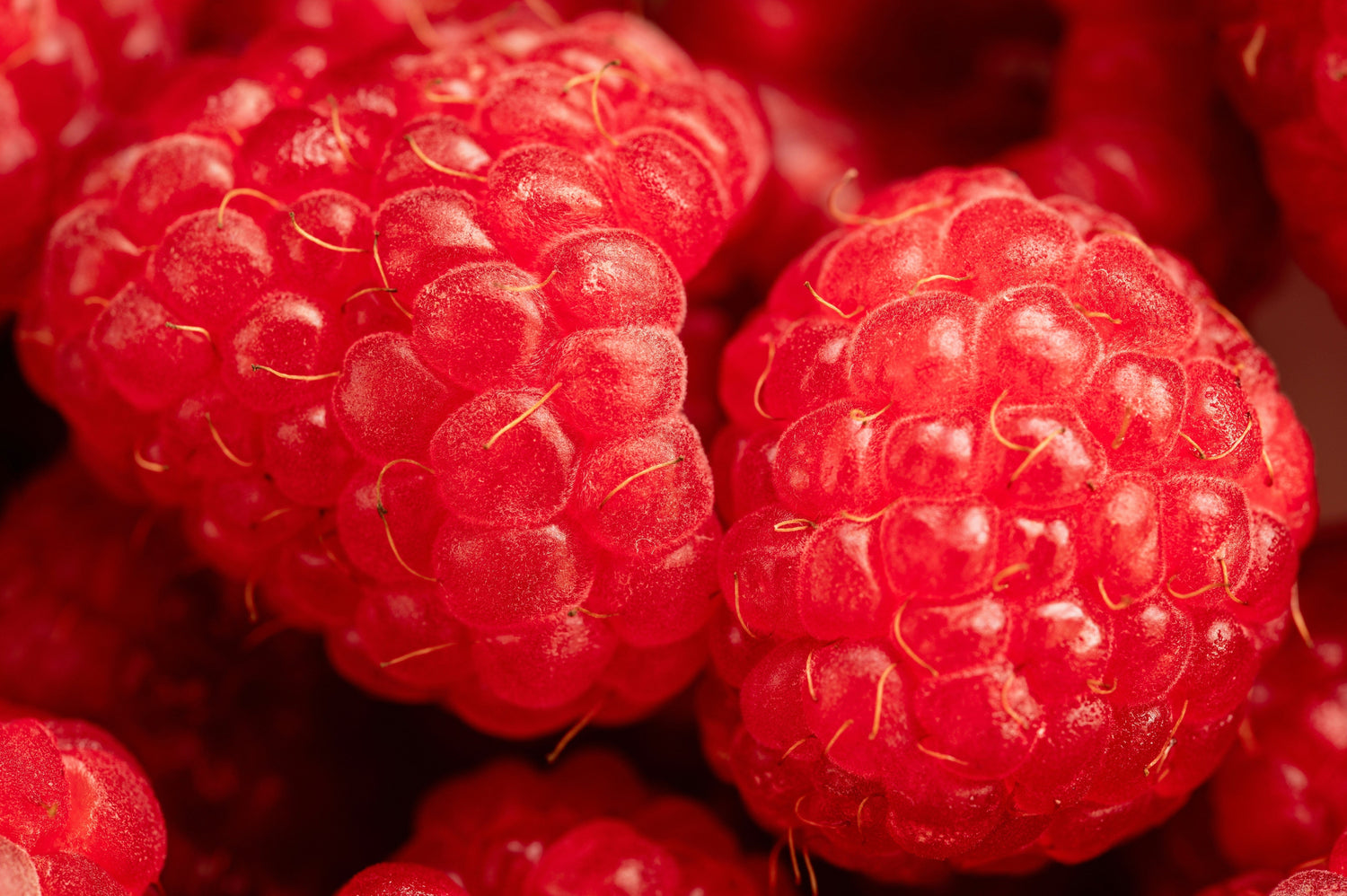
 Plant Care
Plant Care
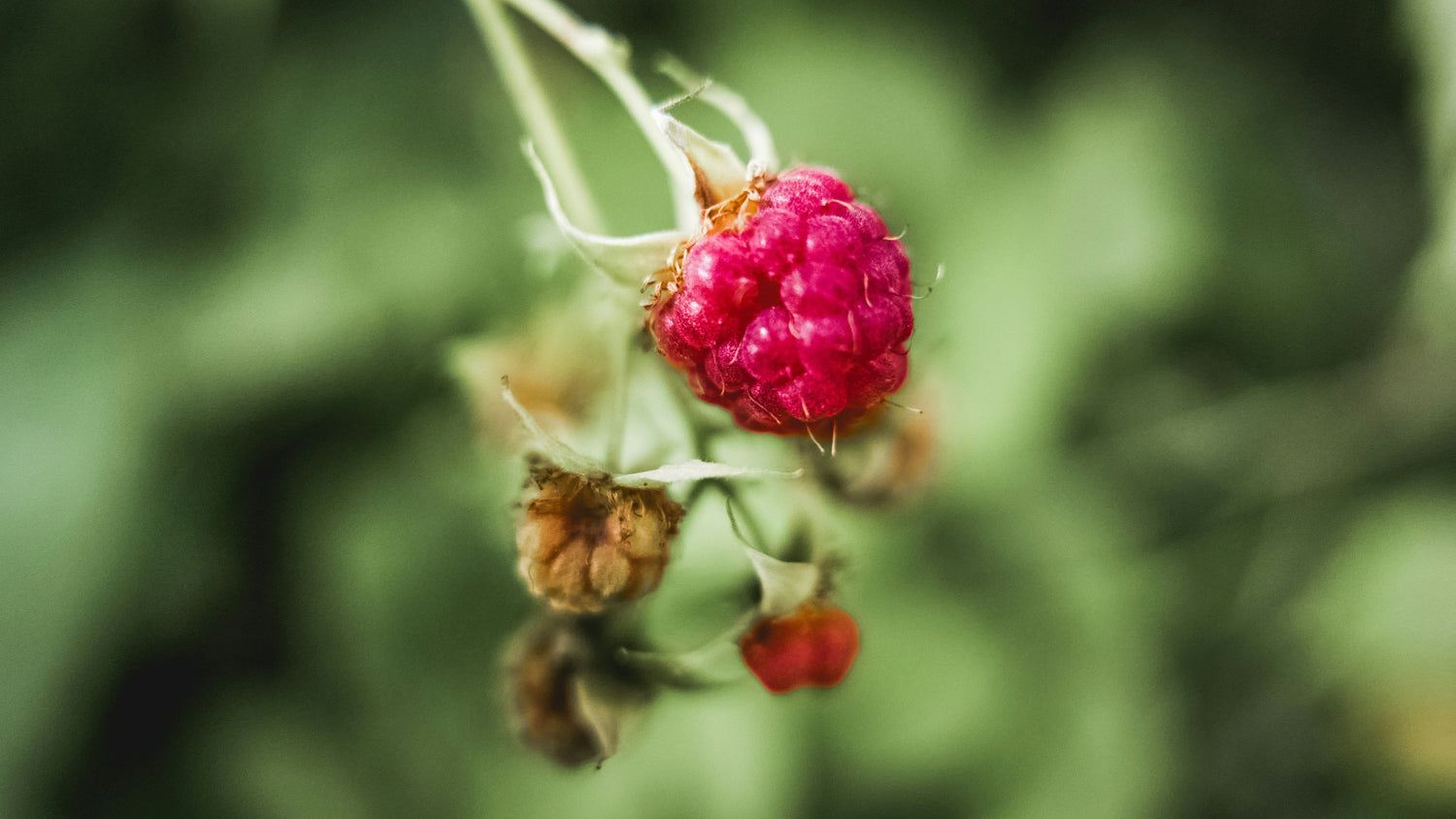
 Harvesting Raspberries
Harvesting Raspberries
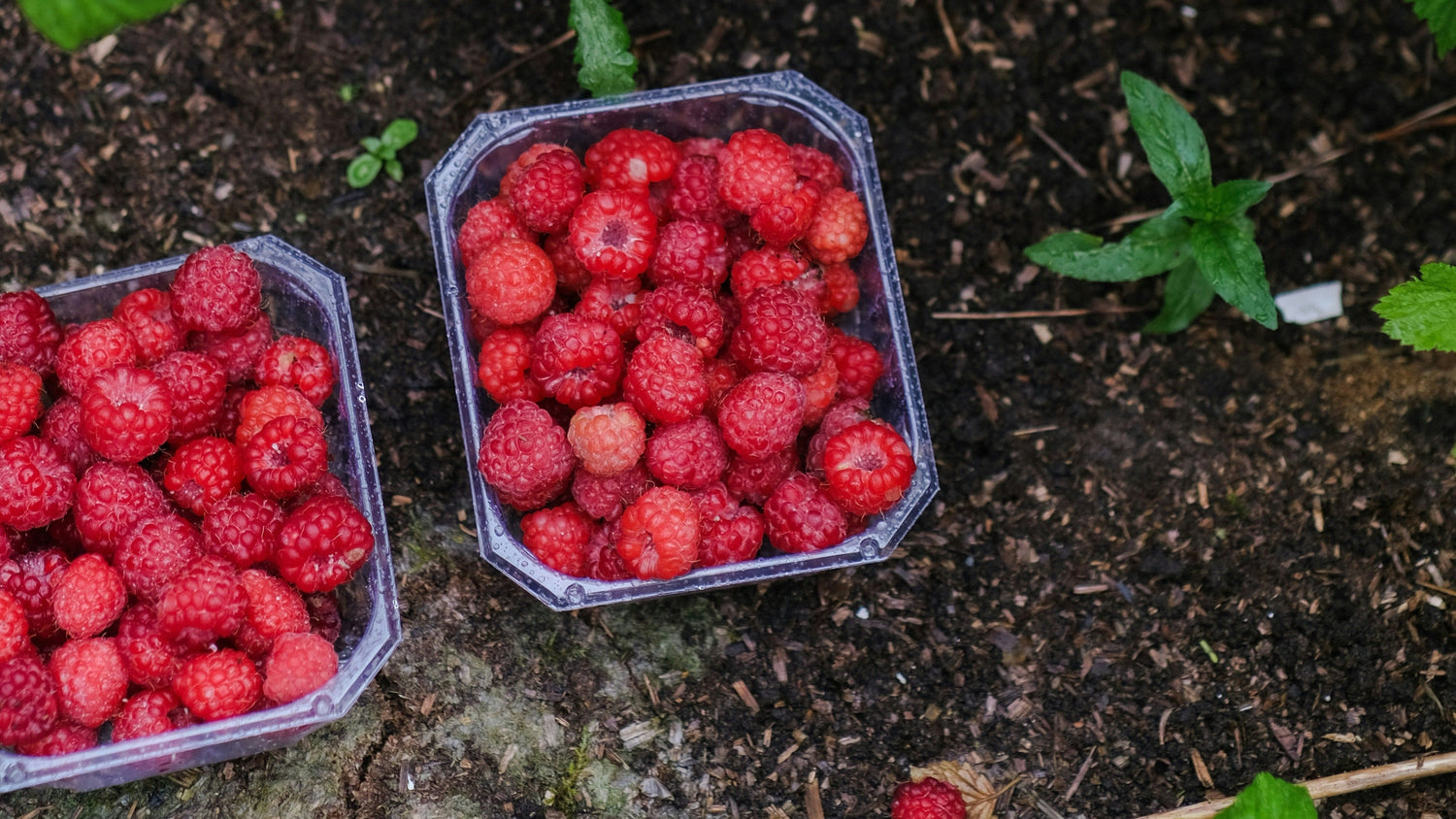
 How to Grow
How to Grow
 Soil Preparation
Soil Preparation
 Planting
Planting
 Plant Care
Plant Care
 Harvesting
Harvesting




